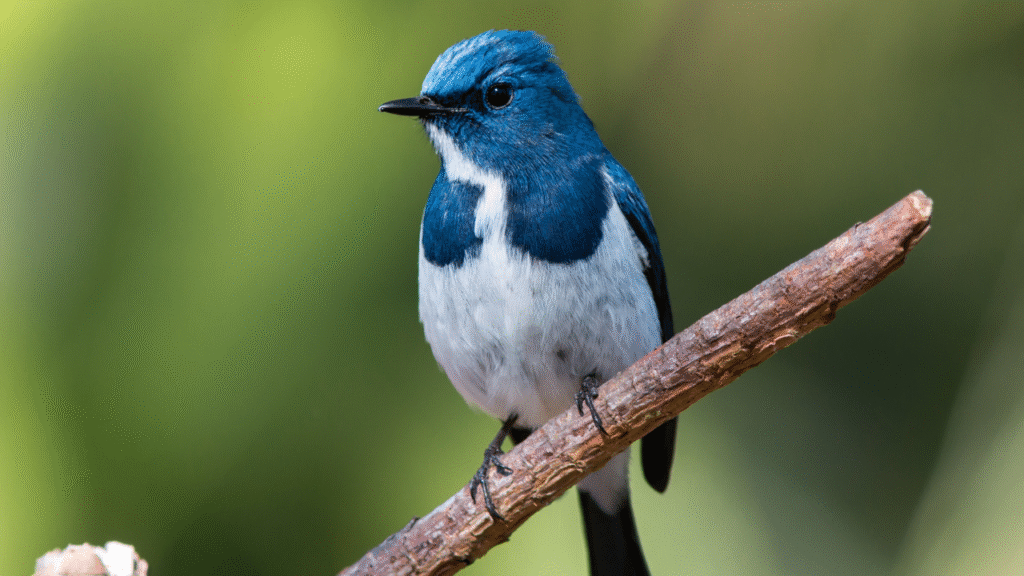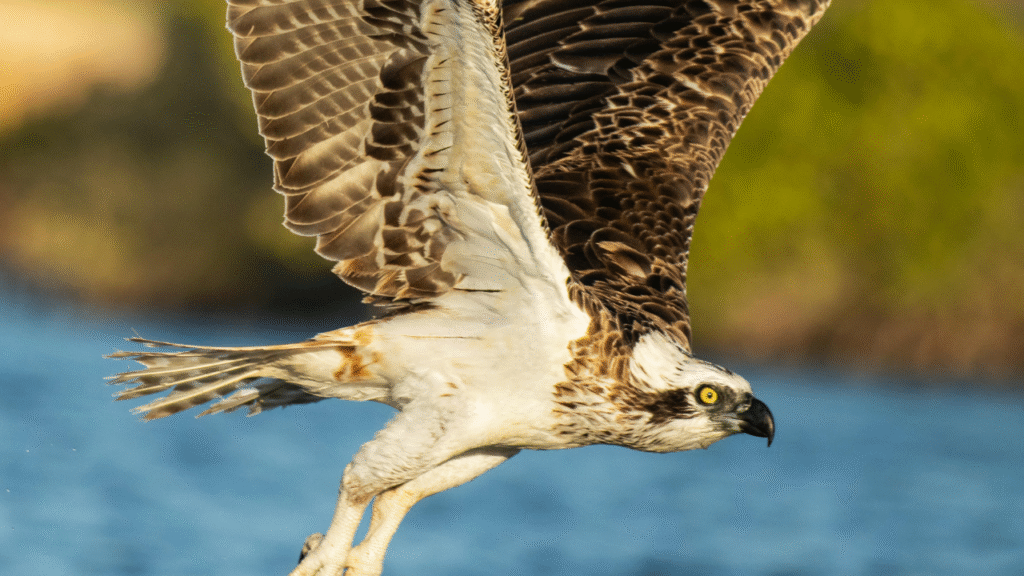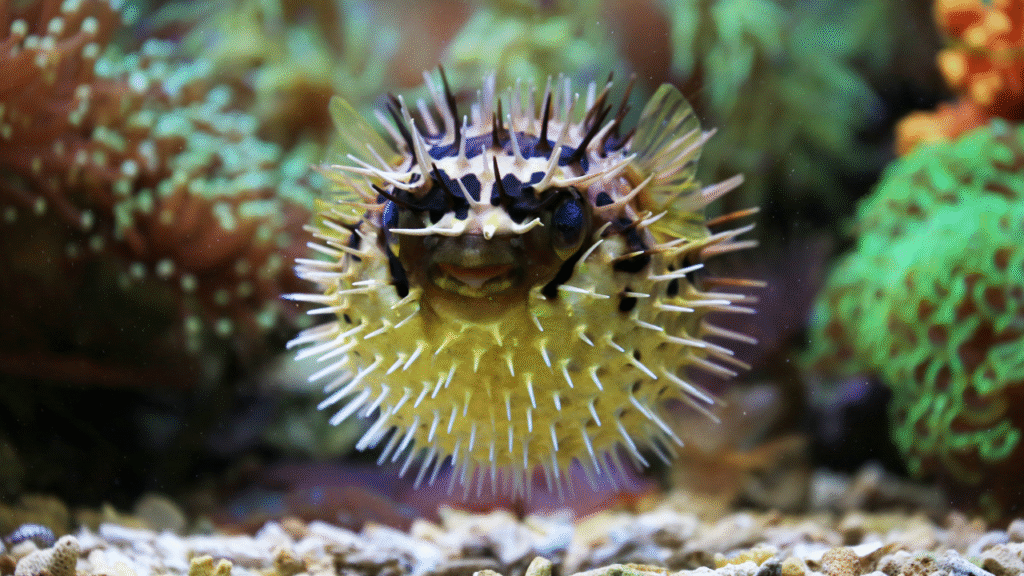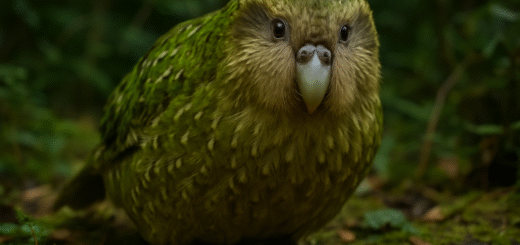Animal Architects: Beavers, Birds, and Beyond
When it comes to building skills in the natural world, humans aren’t the only masters of design. Many animal construct intricate homes, nests, and shelters—each adapted perfectly to their environment. From the engineered dams of beavers to the woven nests of birds and even the underwater cities of sea creatures, animal architecture is a stunning display of instinctive genius.
Beavers: Nature’s Engineers
Beavers are perhaps the most well-known animal architects. With strong teeth and an eye for strategy, they construct dams from branches, mud, and stones to create ponds that offer protection from predators. These ponds also help regulate water flow, benefiting surrounding ecosystems. Inside these dams, beavers build lodges—secure, dome-shaped homes with underwater entrances.
Why Beavers Build:
- Protection from predators
- Safe, temperature-controlled living space
- Ecosystem balance for other species
Beaver dams even influence local biodiversity by creating wetlands that support amphibians, birds, and fish.
Birds: Masters of Nest Design

Birds are another brilliant example of natural architecture. Different species craft a wide range of nest styles using leaves, twigs, spider silk, feathers, and even human debris. The weaver bird, for example, constructs hanging nests that are both secure and intricate. Bowerbirds, on the other hand, build decorative structures called bowers to attract mates, often arranging colorful objects like flowers or plastic to enhance visual appeal.
Notable Bird Architects:
- Weaver Birds – intricate, hanging nests woven from grass
- Bowerbirds – build elaborate display areas for courtship
- Ospreys – create large stick nests near water bodies

Beyond Birds and Beavers: Other Natural Builders
Animal architecture is not limited to mammals and birds. Many species across the animal kingdom display astonishing construction behavior.
- Termites build towering mounds with internal ventilation systems.
- Ants create underground colonies with chambers, tunnels, and farming areas.
- Spiders spin webs with structural variations based on species and purpose (e.g., catching prey, mating).
- Pufferfish in Japan create geometric patterns in sand as mating displays—structures up to six feet wide.

Why Animal Architecture Matters
These natural structures aren’t just fascinating—they serve essential biological and ecological functions. They provide protection, regulate temperatures, attract mates, and influence entire ecosystems. Observing these behaviors also inspires human engineering and design; biomimicry often draws from animal architecture to solve complex human problems.
Final Thoughts
Animal architects demonstrate that design isn’t exclusive to humans. Across forests, rivers, deserts, and oceans, animals build with purpose, precision, and sometimes even aesthetic flair. By studying their construction methods, we not only gain insight into animal behavior but also learn how nature solves challenges with elegance and efficiency.








